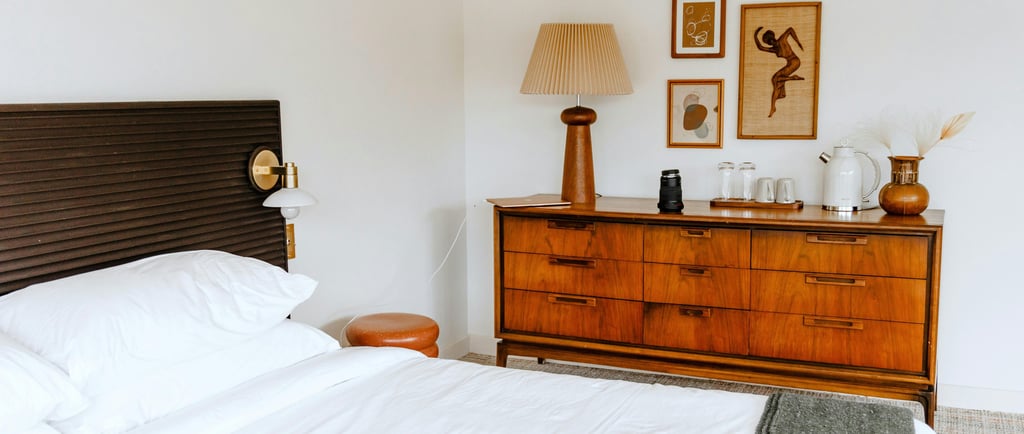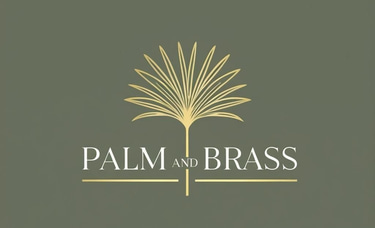Midcentury Modern Today: Why the Past Still Shapes Our Future Spaces
Midcentury modern design has been called many things—timeless, iconic, even overexposed. And yet, walk into any design showroom, scroll through Instagram, or flip through the pages of a glossy interiors magazine, and you’ll still find it everywhere. The style that emerged more than 70 years ago hasn’t just lingered; it’s flourished, adapting to contemporary lifestyles while holding onto its essential DNA. So why does midcentury modern still resonate? And what can we learn from the era that continues to define how we decorate and live today?
3/8/20242 min read


Why It Still Works
1. It Blends Beauty with Practicality
Midcentury modern wasn’t just about good looks—it was about solving problems. Designers streamlined silhouettes, removed excess ornamentation, and made pieces multifunctional. A credenza wasn’t only for storage—it could serve as a media console, a bar, or a room divider. Today, in our smaller apartments and multifunctional spaces, that design philosophy feels more relevant than ever.
2. It Plays Well With Others
One of the greatest strengths of midcentury modern design is its versatility. A teak dining table looks at home in a minimalist loft, a cozy bungalow, or even a bohemian space. The style’s clean lines and organic shapes make it easy to blend with everything from Scandinavian to industrial to contemporary interiors.
3. It Connects Indoors and Outdoors
The post-war emphasis on large windows, sliding glass doors, and natural materials created a seamless relationship between home and nature. In an age where biophilic design and sustainable living are trending, midcentury modern feels ahead of its time.
Lessons We Can Learn From the Era
Lesson 1: Design for Longevity
Midcentury modern pieces were built to last—physically and aesthetically. Choosing quality over quantity isn’t just good for your wallet in the long run; it’s better for the planet.
Lesson 2: Let Form Follow Function
A beautiful chair that’s uncomfortable or a lamp that doesn’t light properly misses the point. The midcentury mindset reminds us that good design enhances daily life, not just the look of a room.
Lesson 3: Embrace Warm Minimalism
Minimalism doesn’t have to mean stark or sterile. The midcentury mix of clean lines with warm woods, brass details, and earthy colors shows that simplicity can still feel inviting.
Lesson 4: Don’t Be Afraid of Bold Statements
While the base of a midcentury room was often neutral, bold color pops—mustard, teal, burnt orange—made spaces dynamic. In today’s era of beige-on-beige interiors, a midcentury-inspired color accent can bring life back into a room.
The Enduring Spirit
At its core, midcentury modern design is about optimism. It was born in an era looking toward the future, believing in progress, and valuing beauty in everyday life. As we navigate a world that often feels uncertain, that spirit of hopeful, human-centered design is something worth carrying forward.
By blending midcentury principles with today’s needs, we can create spaces that are not only stylish and functional but also grounded in a design philosophy that has stood the test of time.
If you’d like, I can follow this up with a “Midcentury Modern for Today” shopping and styling guide so readers can see how to apply these lessons in their own homes right now. That would make the post both inspirational and actionable.
